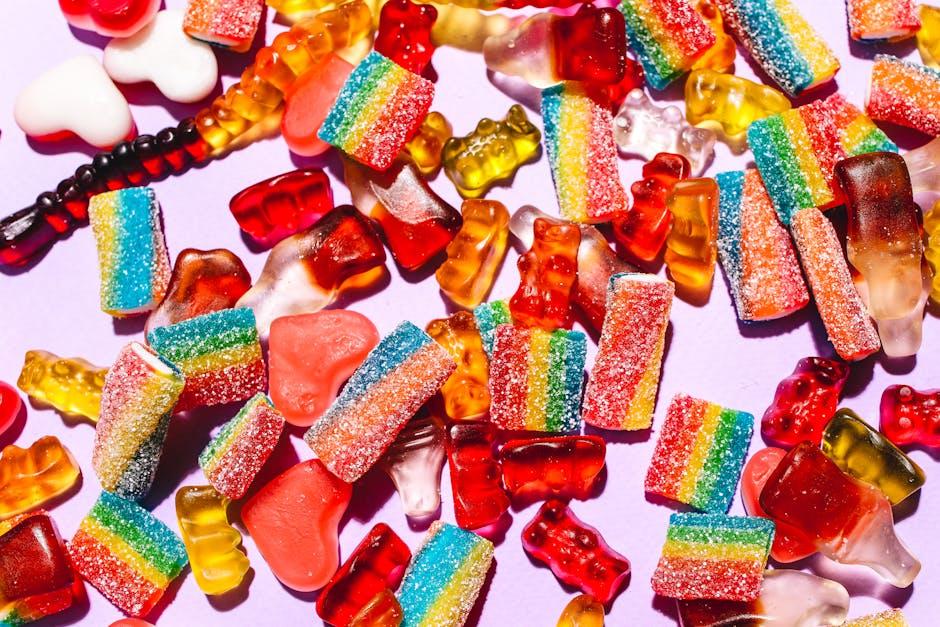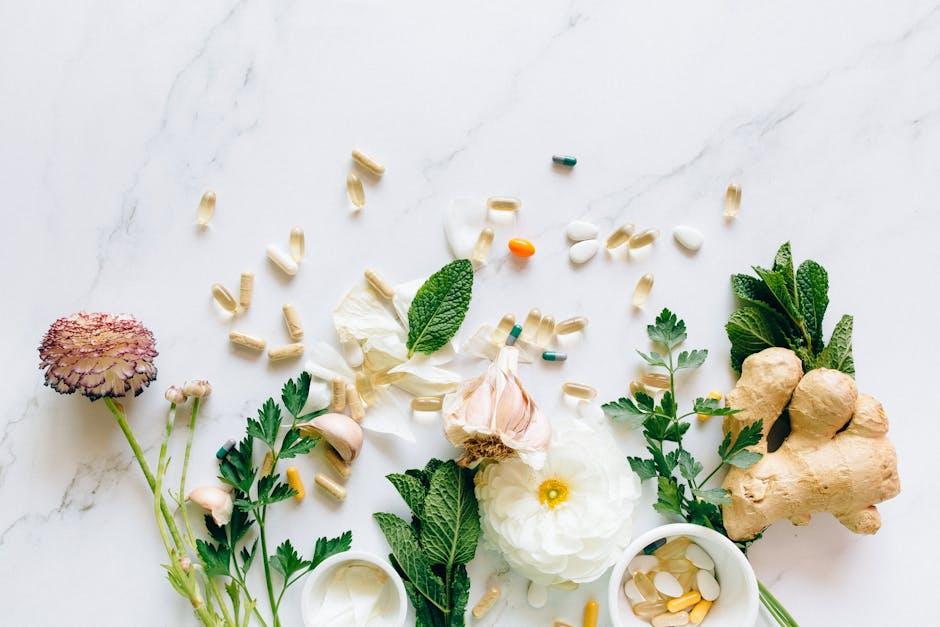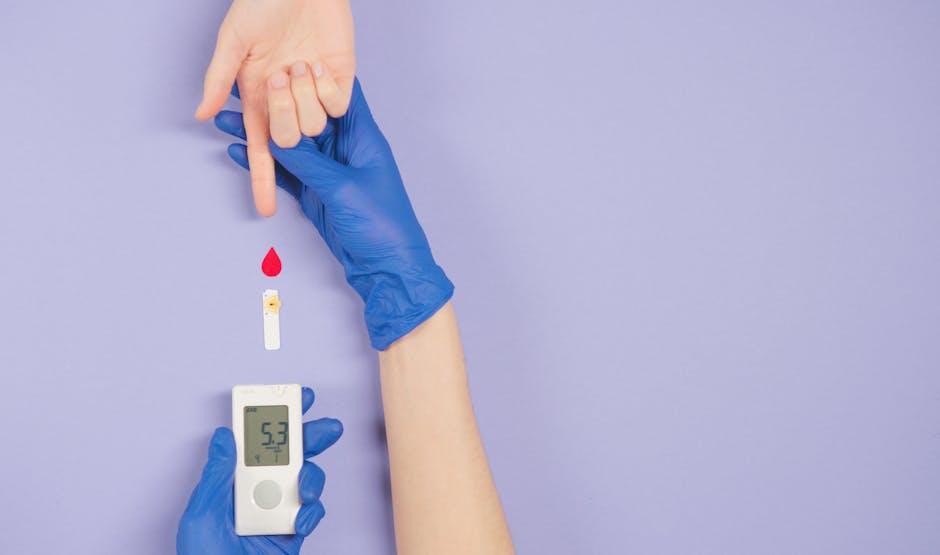Bananas can make smoothies creamier, but mixing them with berries may reduce the overall nutritional value.
A small study in Food & Function found that flavanol levels in smoothies drop when bananas are blended with flavanol-rich foods like berries. But researchers say you don’t have to skip bananas entirely.
Why Do Bananas Reduce Flavanols in Smoothies?
The study only included eight healthy male participants between the ages of 25–60. Blood tests showed that adding a banana to a berry smoothie reduced flavanol absorption by 84%.
Researchers attributed this drop to a reaction between flavanols in berries and an enzyme in bananas called polyphenol oxidase (PPO). PPO is an enzyme that causes fruits to brown when exposed to oxygen—think about apple slices that have been left out for a few minutes.
As declared in the conflict of interest, the research team was employed by Mars, which has “long-term research and commercial interests in flavan-3-ols.”
Should You Stop Adding Bananas to Smoothies?
While PPO in bananas may reduce flavanol absorption, the bioavailability of flavanols is already low, ranging from 2% to 20%, according to Caroline West Passerrello, EdD, RDN, LDN, a community coordinator and instructor at the dietitian nutritionist program at the University of Pittsburgh.
“Don’t overthink it when incorporating them into your diet,” Passerrello told Verywell in an email. “However, if you want the most benefit, try to eat flavanols in the absence of any ripe or overripe produce.”
She noted that more research is needed and emphasized that this study offers just one perspective on how the body processes food.
“This is one isolated study on a small sample size. Digestion, absorption, and metabolism of nutrients vary from person to person and can change over time in the same person,” Passerrello said.
What Can You Use Other Than Bananas?
The Academy of Nutrition and Dietetics recommends 400–600 milligrams of flavan-3-ols daily from foods like raspberries, blackberries, apples, and green or black tea.
If you want to maximize flavanol intake from your smoothies, consider using foods with lower PPO, such as pineapple, oranges, mango, and yogurt. In addition to flavanols, berries are a good source of vitamins, fiber, and antioxidants.
However, if you enjoy having bananas in your smoothie, you don’t necessarily have to abandon this recipe, according to Passerrello.
“If you’re generally healthy and consuming a well-balanced diet with a variety of fruits and vegetables throughout the day and occasionally consuming these mixed fruit smoothies, I would not be concerned about the potential impact of polyphenol oxidase on the flavanol absorption,” Passerrello said.
What This Means For You
If you love adding bananas to your berry smoothies, there’s no need to stop. While a small study found that bananas may reduce flavanol absorption, experts say the impact is minor in the context of a varied, balanced diet. If you’re looking to maximize flavanol intake, try blending berries with fruits that are lower in PPO, like pineapple or mango.








:max_bytes(150000):strip_icc()/StephanieBrownnewheadshot-e5ca9ba2a404491384e9300a7871f190.jpg)


